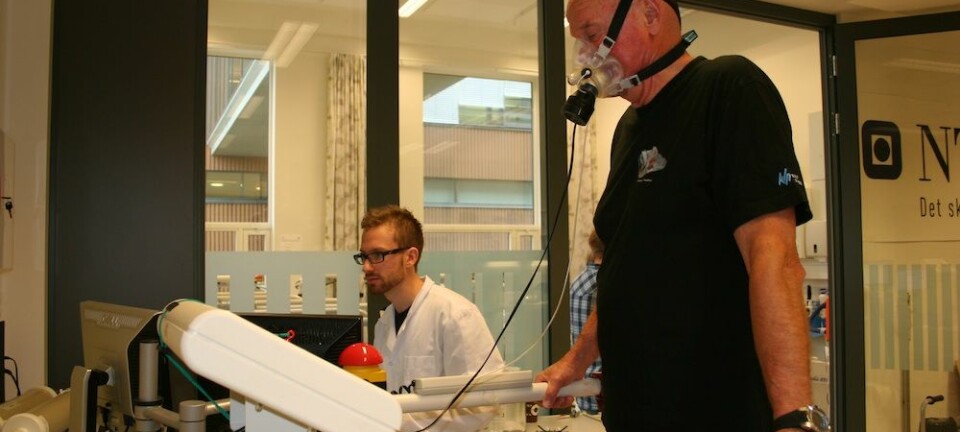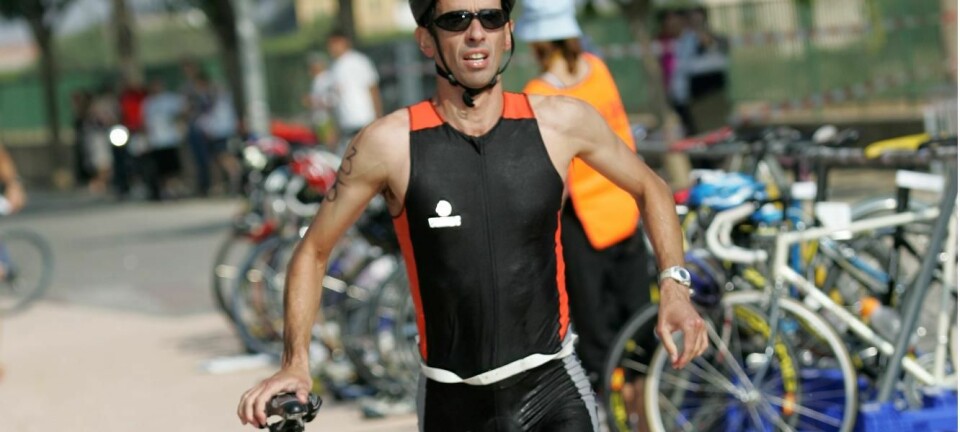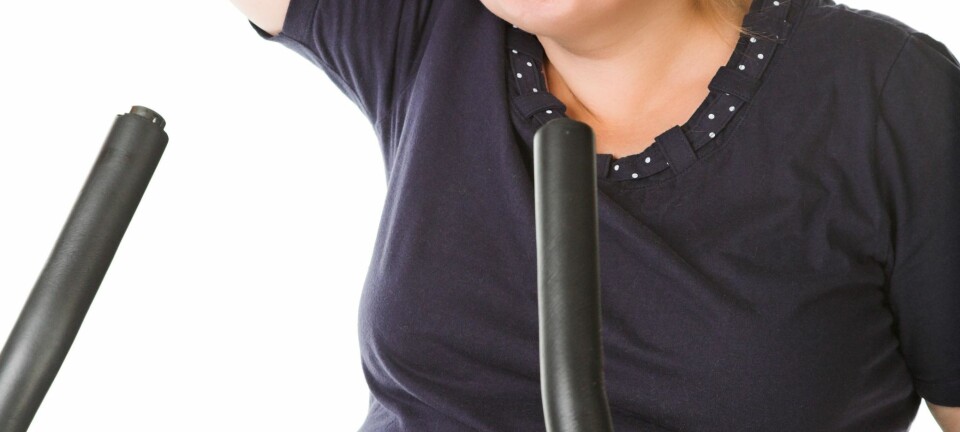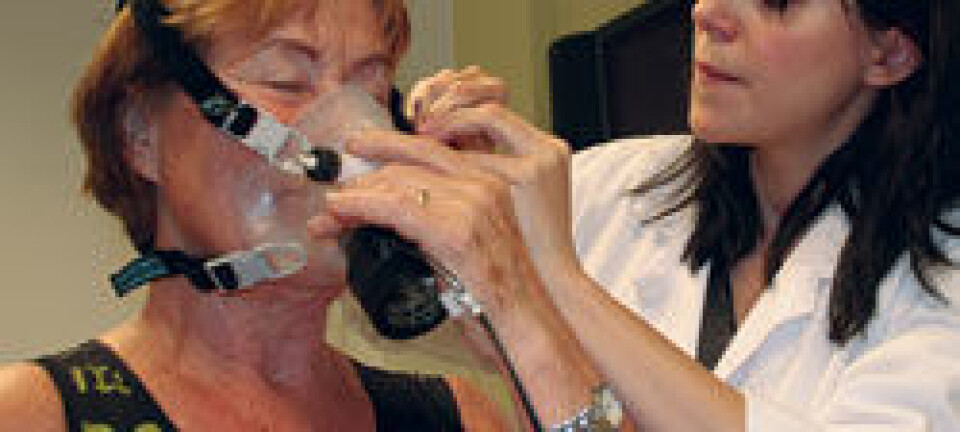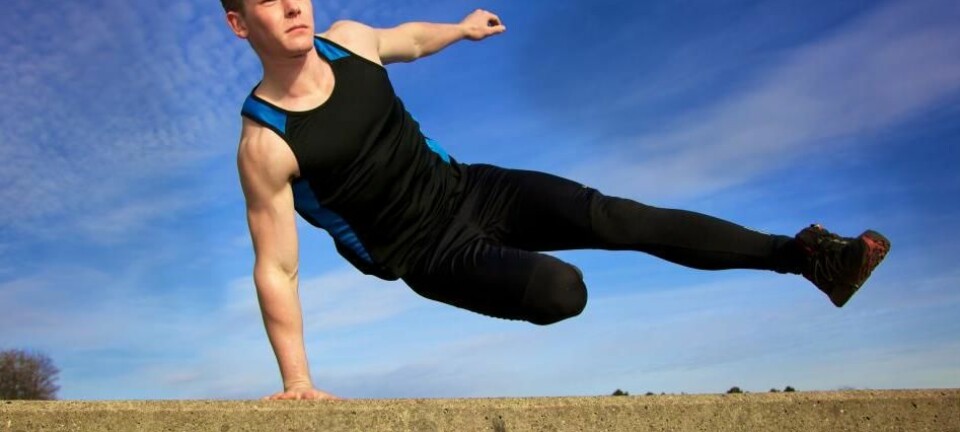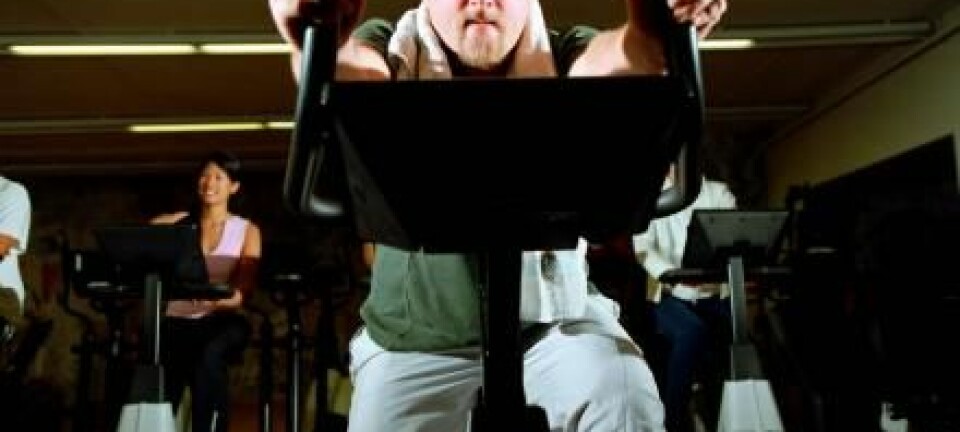
Lounge lizards drawn to exercise in nature
People who are the least active are most tempted to change their ways if their exercise can be had in the woods or the outdoors. Those who already train systematically, on the other hand, are content to work out at a gym rather than in the wilds.
Denne artikkelen er over ti år gammel og kan inneholde utdatert informasjon.
Physical exercise in nature reduces stress. This is nothing new. But Giovanna Calogiuri has discovered that people who exercise the least are the most likely to be motivated to partake in green exercise.
“Not everyone likes the concept of ‘green exercise’. But it’s about physical activity in nature. This isn’t the same as ‘outdoor life’ because outdoor life signals a closer contact with nature,” explains Calogiuri. Green exercise is ordinary physical exercise, but in green surroundings.
Calogiuri is an associate professor at Hedmark University College. She has scrutinized available scientific literature on green exercise.
Nature against stress
“It started as a little pilot project at the Norwegian University of Life Science. The most fascinating aspect involved levels of the stress hormone cortisol,” she explains.
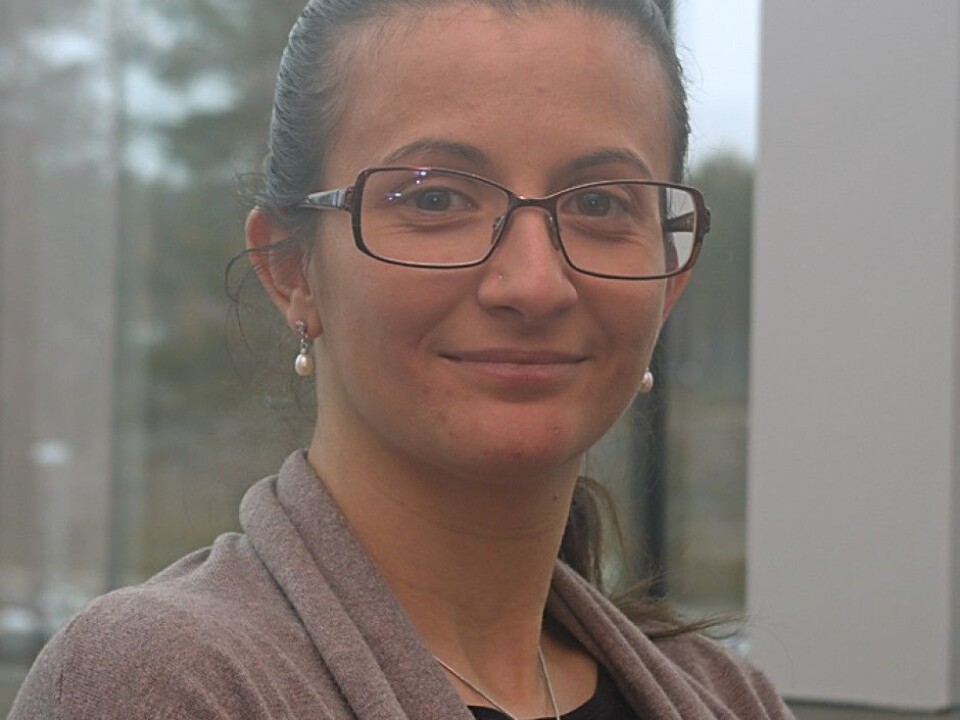
When you wake up your cortisol level is high – the hormone helps you get out of bed. Then it sinks after about a half hour or an hour.
“Afterwards we let a little group exercise either in contact with nature or indoors at a gym. It turned out that cortisol levels dropped faster among those who were in contact with nature. This indicates an impact on their stress levels,” explains Calogiuri.
The attraction of strolls and hikes
Then she got access to a questionnaire from Frifo, now called Norsk Frilutsliv [Norwegian Outdoor Life], an umbrella group for over a dozen voluntary organisations promoting outdoor activities.
“It shows that physical activity is pretty popular in Norway and that hiking or exercising in nature is the most popular. It’s intriguing that people who don’t get much exercise otherwise seem to prefer exercise in nature more than others do,” she says.
When the least active persons need prodding to get off their chairs and sofas to start exercising, the best results come from getting them out in the greenery.
“This indicates that it can be a good way to raise levels of physical activity,” asserts Calogiuri.
Feel-good exercisers
What kinds of people are enticed to exercise more if they can do it outdoors? Her initial findings suggest that these are persons who primarily exercise for enjoyment.
Those who primarily exercise to keep their weight down or maintain their health are usually satisfied using gyms.
Fast and easy
Another related discovery is that people who exercise outdoor are more likely to be attracted to easy and comfortable solutions.
“An indication that you will engage in green exercise is if you are concerned about saving time and want the opportunity to partake in physical activities when it suits you best, at your own pace. This preference also suggests that you won’t be active in sports or work out at a gym,” asserts Giovanna Calogiuri.
City and country
Of course it helps if you enjoy the outdoors. But it makes no difference if you live near or far from a park or forest. The tendency noted by Calogiuri applies to both urban and rural residents.
Green exercise is actually the most popular form of physical activity among any category of people who took part in the survey. But green training is most important for those among us who exercise less than they should – because they get so little motion otherwise.
Calogiuri stresses that the data she studied has weaknesses. The 2,200 persons who answered the questionnaire are well balanced when it comes to age, gender and geographical residence, but physically active persons are over-represented.
--------------------------------------------
Read the Norwegian version of this article at forskning.no
Translated by: Glenn Ostling
Scientific links
- Giovanna Calogiuri og Stiliani Chroni: The impact of the natural environment on the promotion of active living: An integrative systematic review, BMC Public Health 2014, doi:10.1186/1471-2458-14-873
- Giovanna Calogiuri: Why do people exercise in nature? Differentiating adult Norwegians’ beliefs about participating in green exercise, fitness and sports, presentation for 20th Annual Congress of the European College of Sport Science 25 June 2015.
- Motivasjonsfaktorer fysisk aktivitet 2012 (pdf), Ipsos MMI for Frifo.







